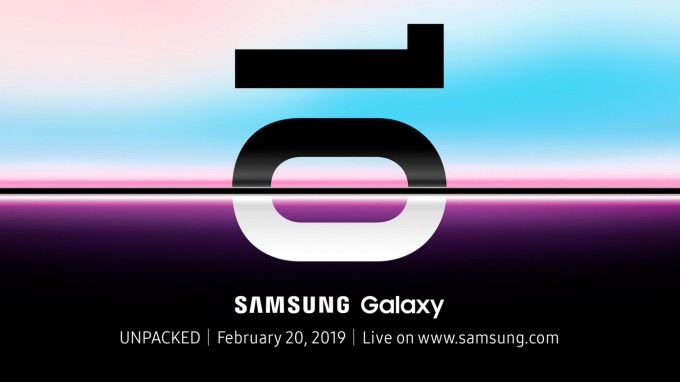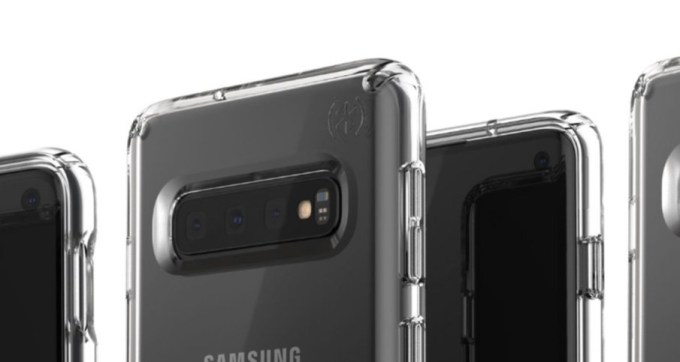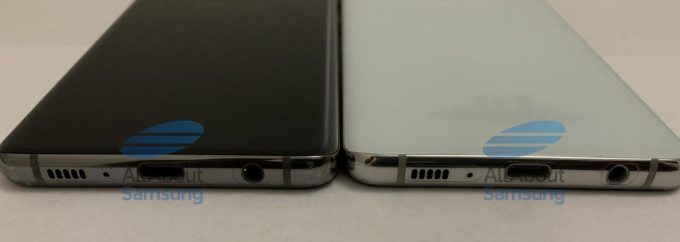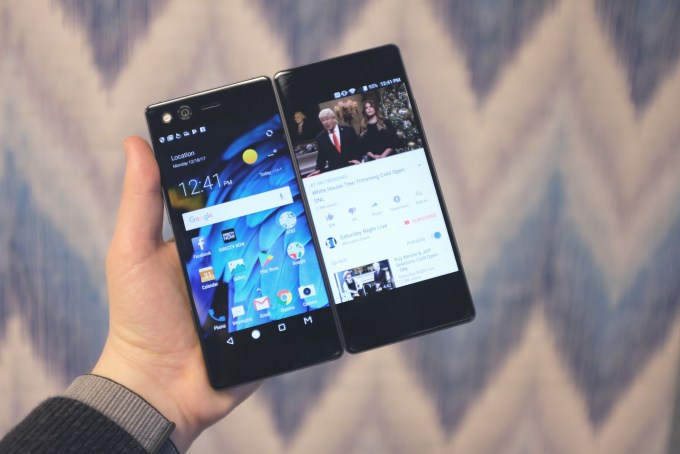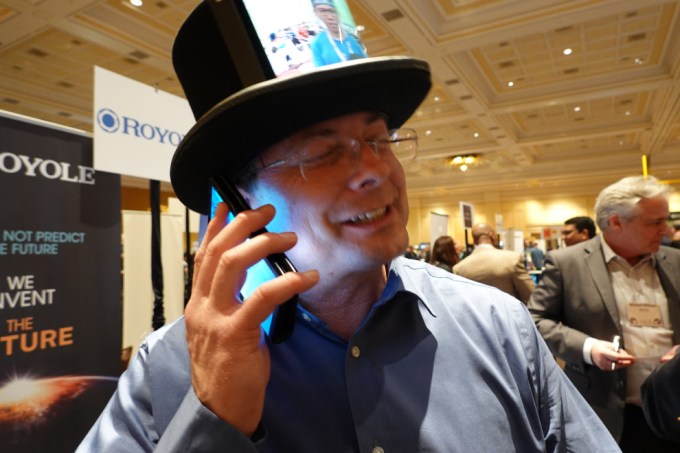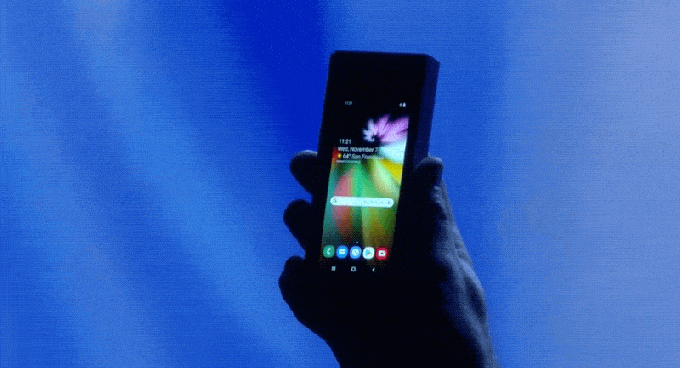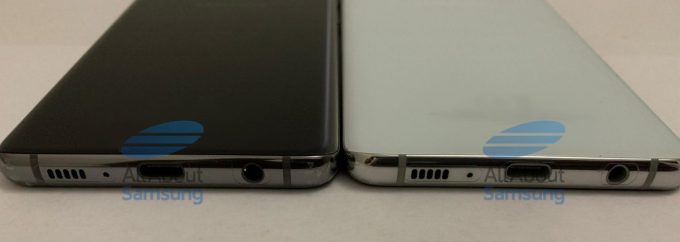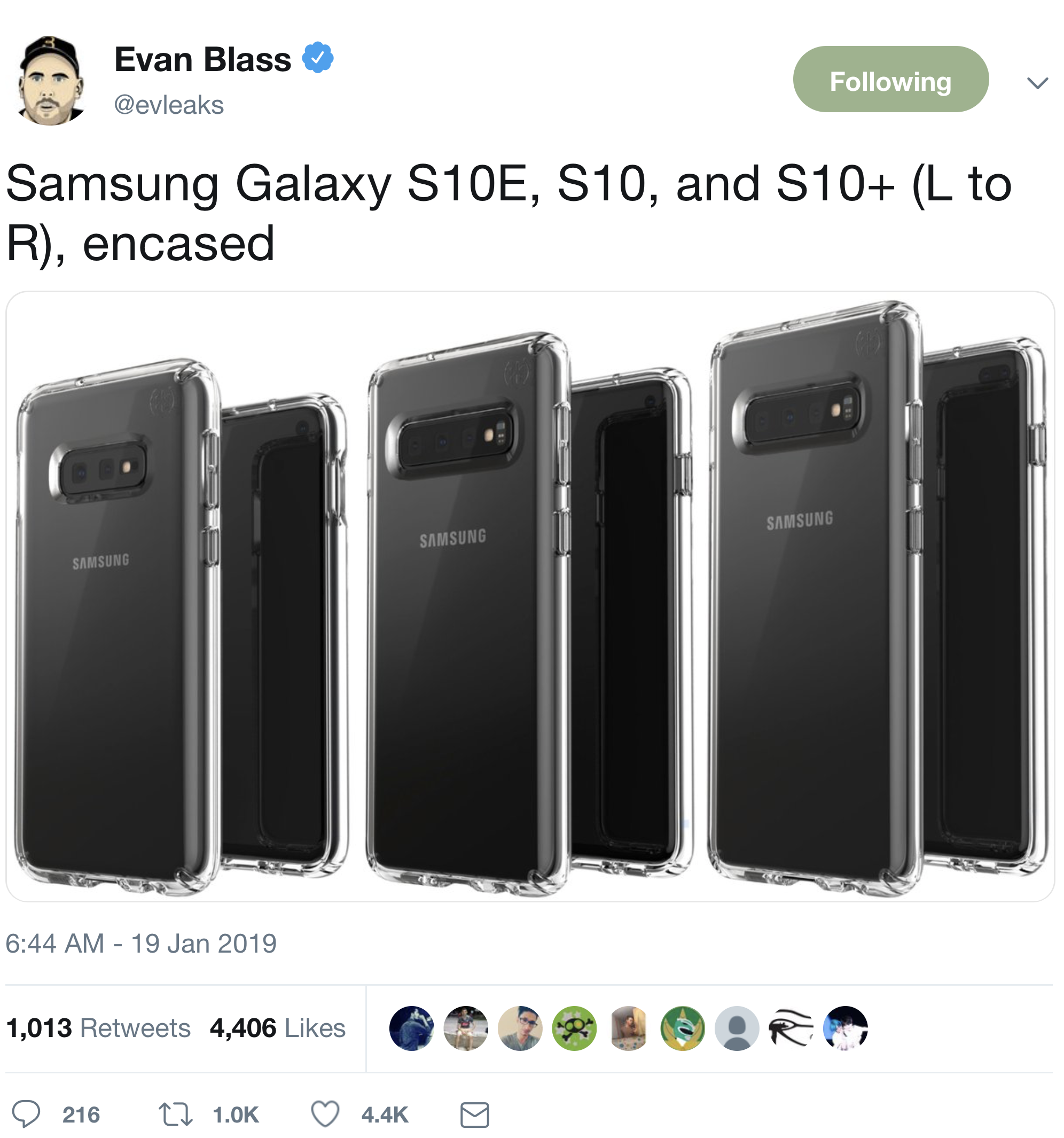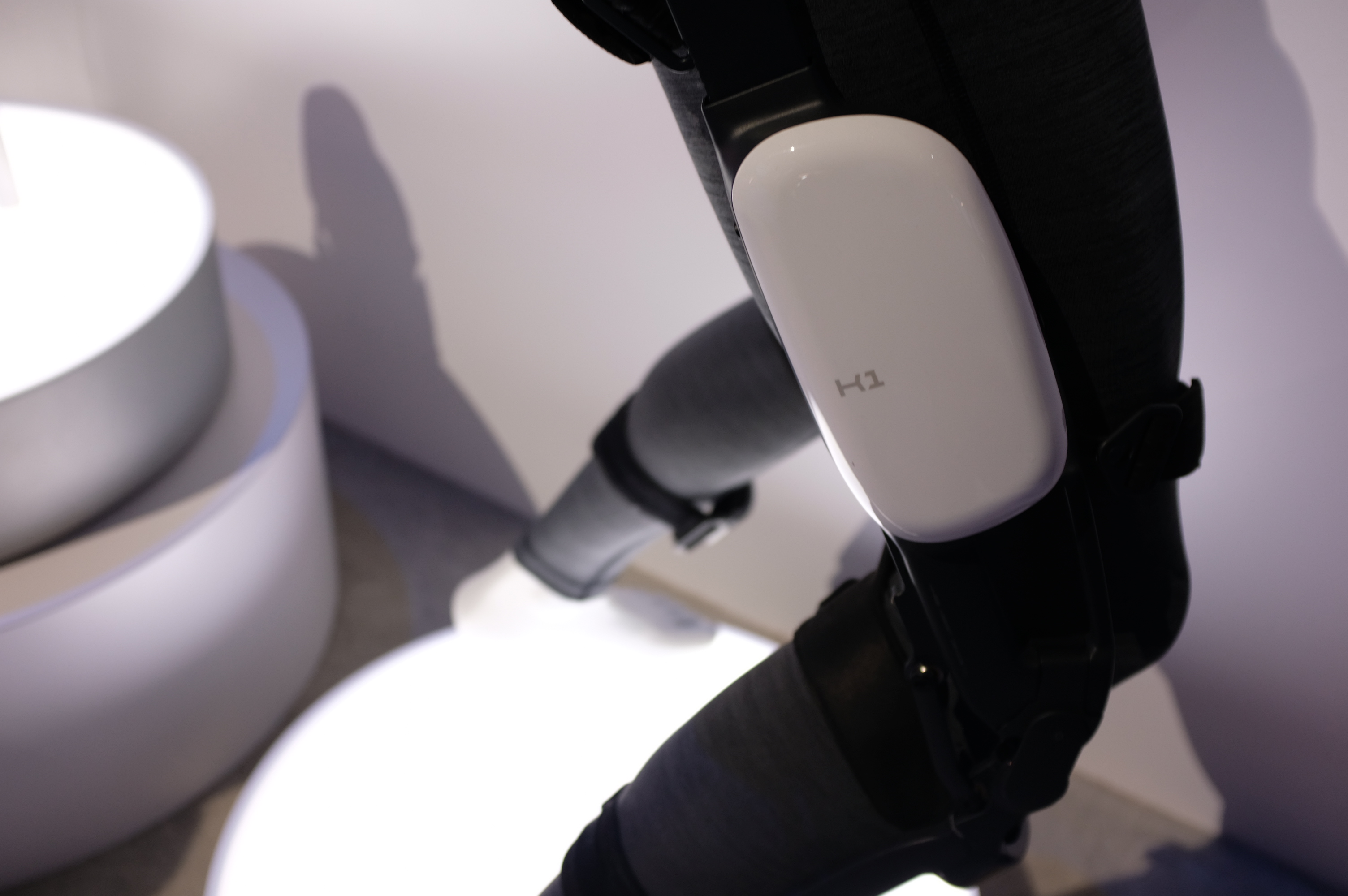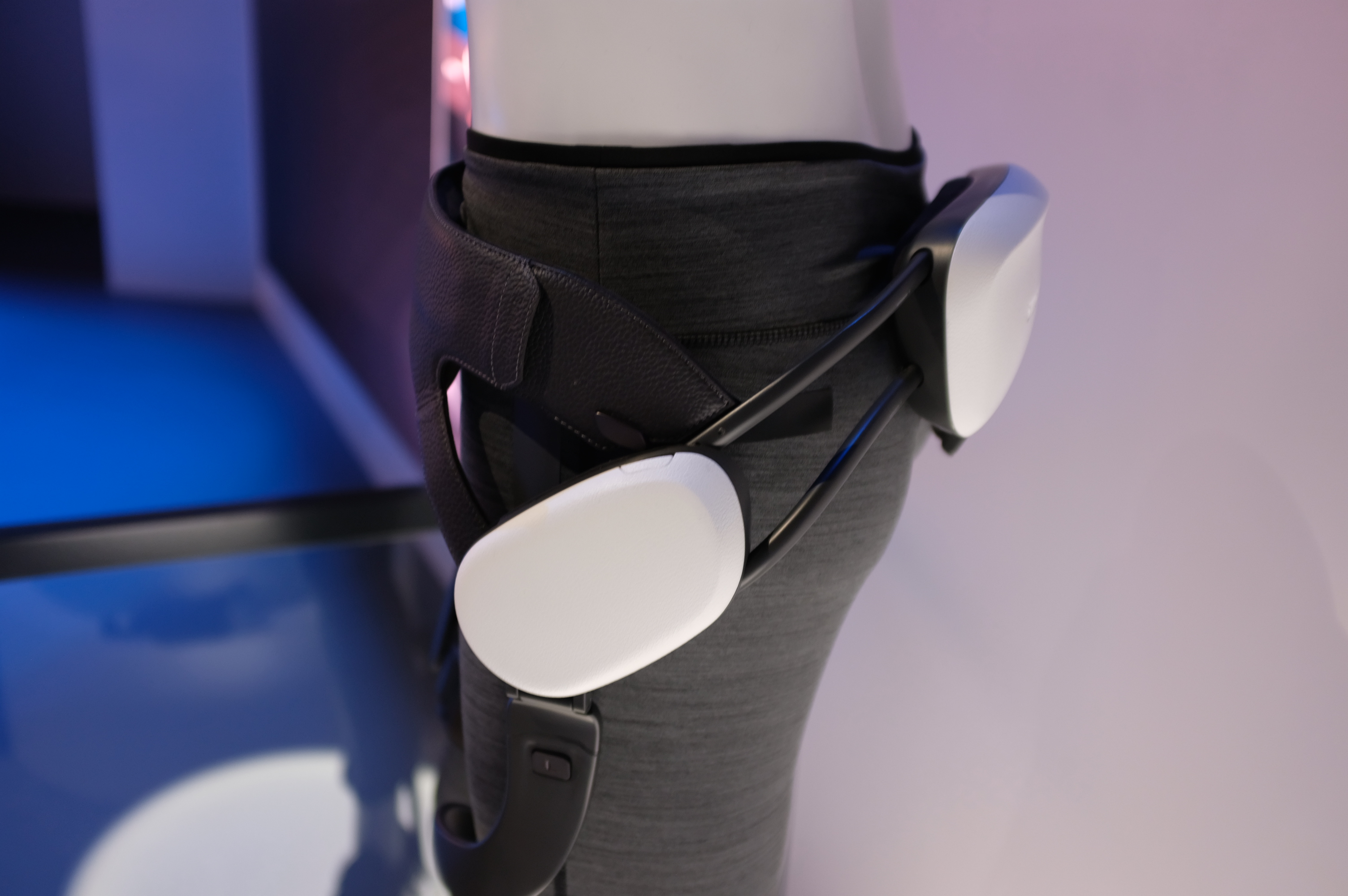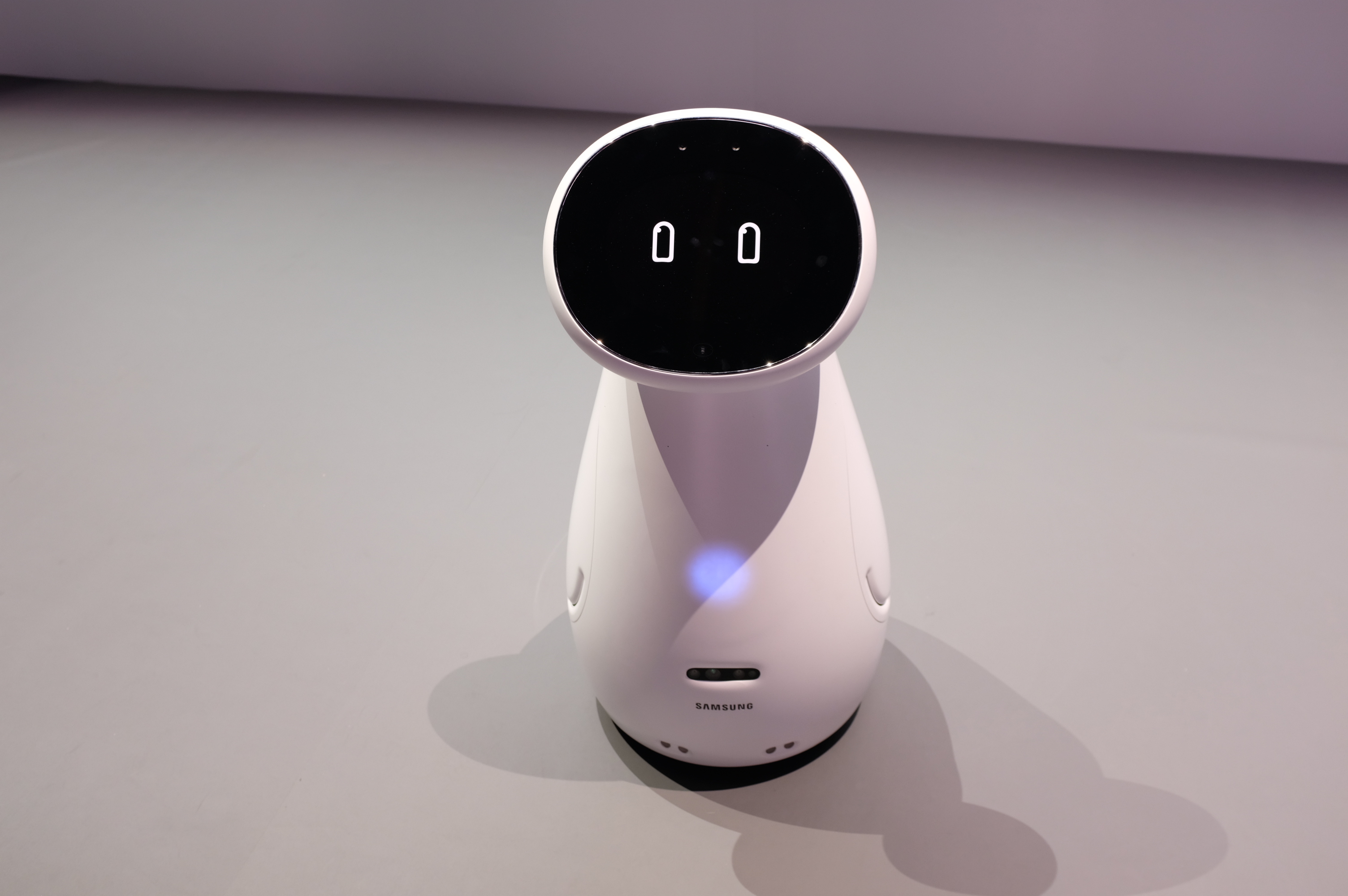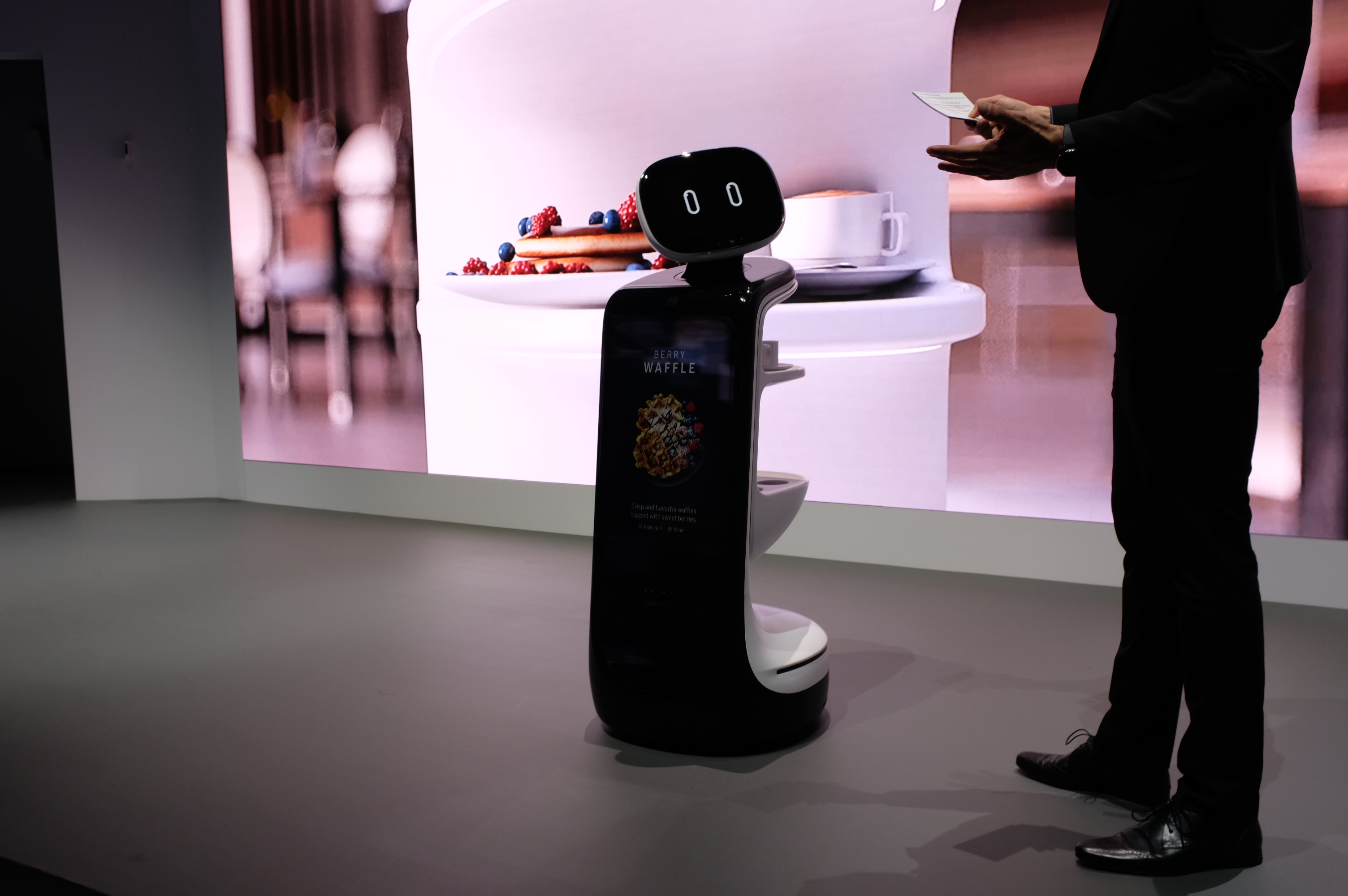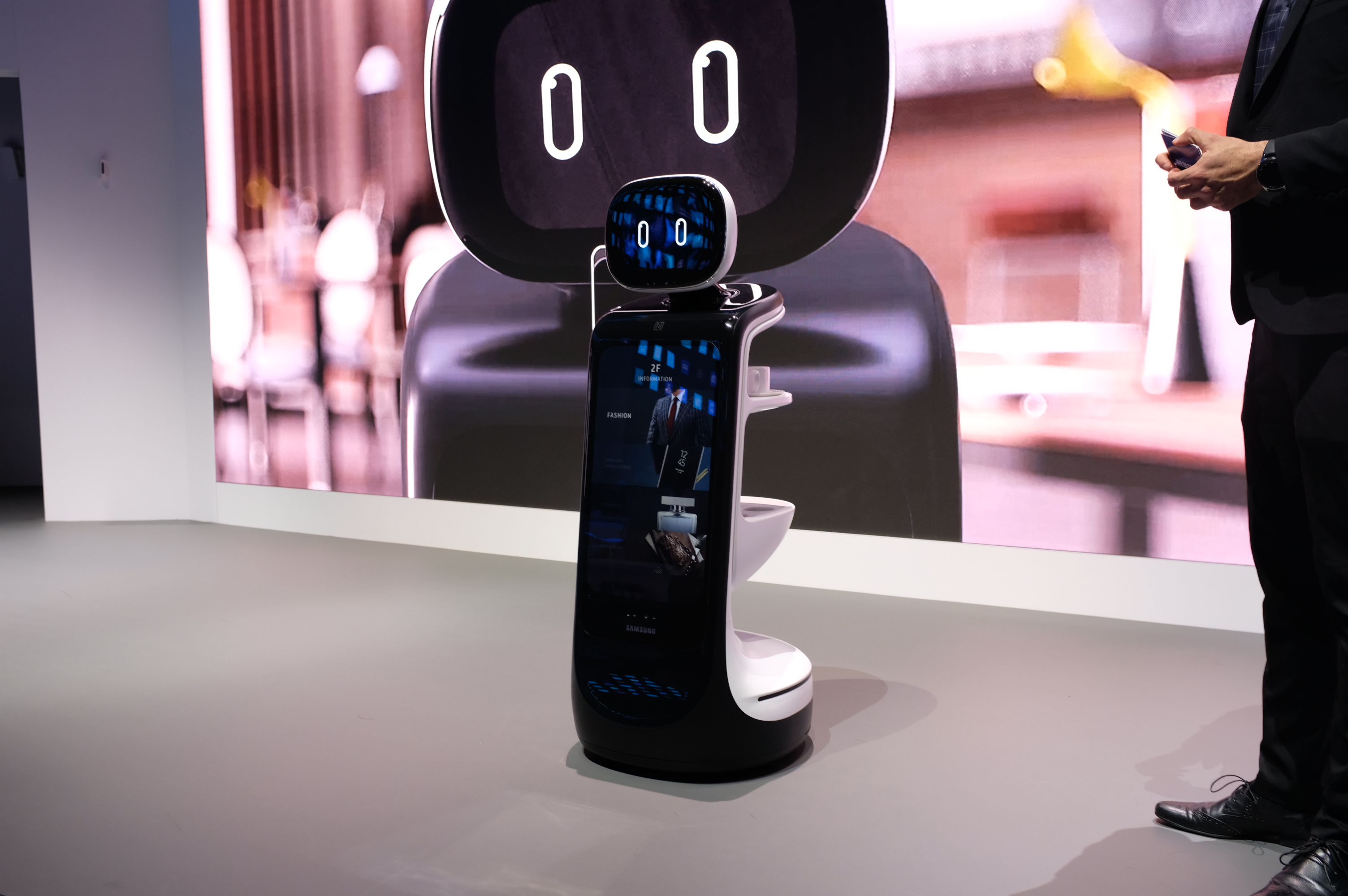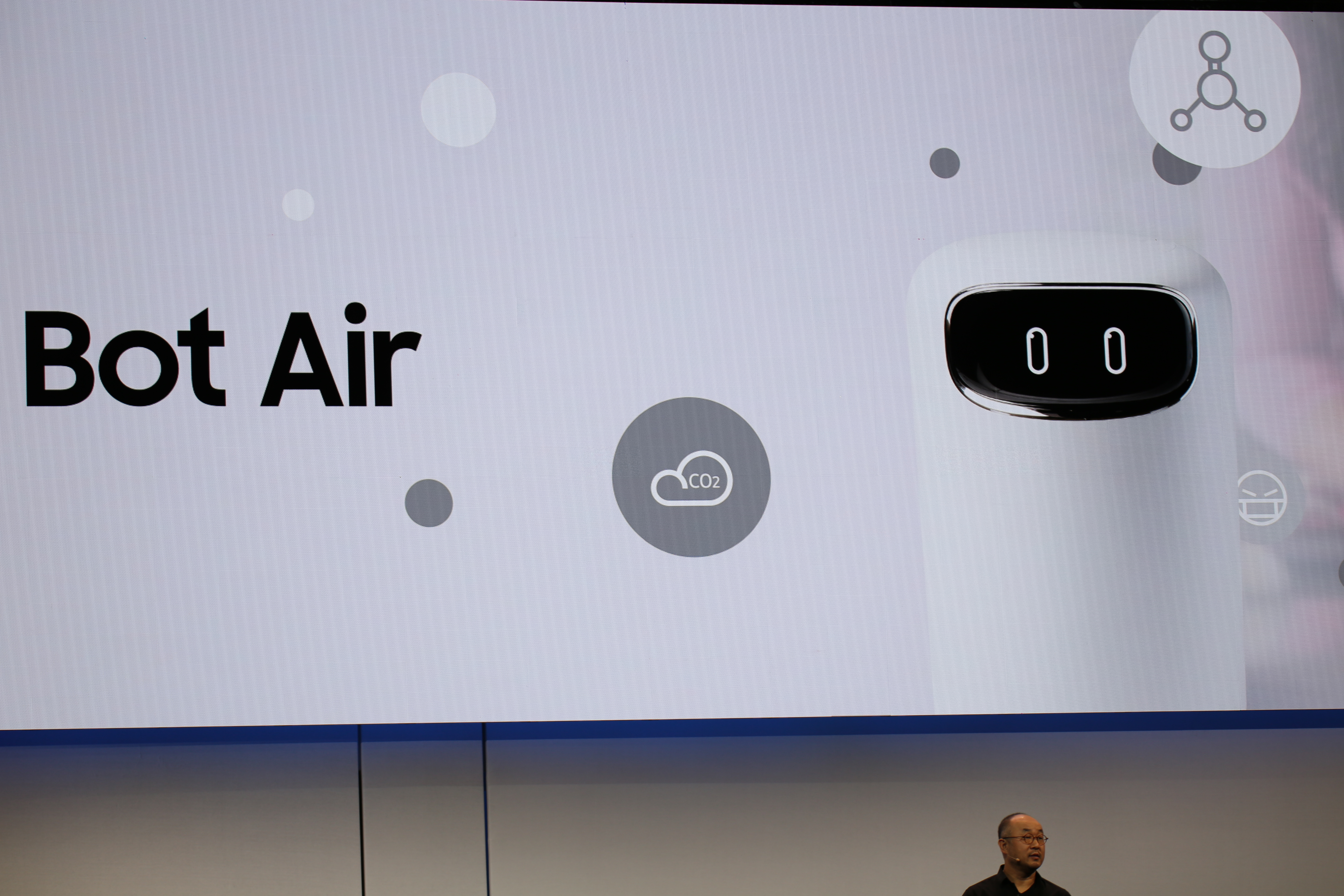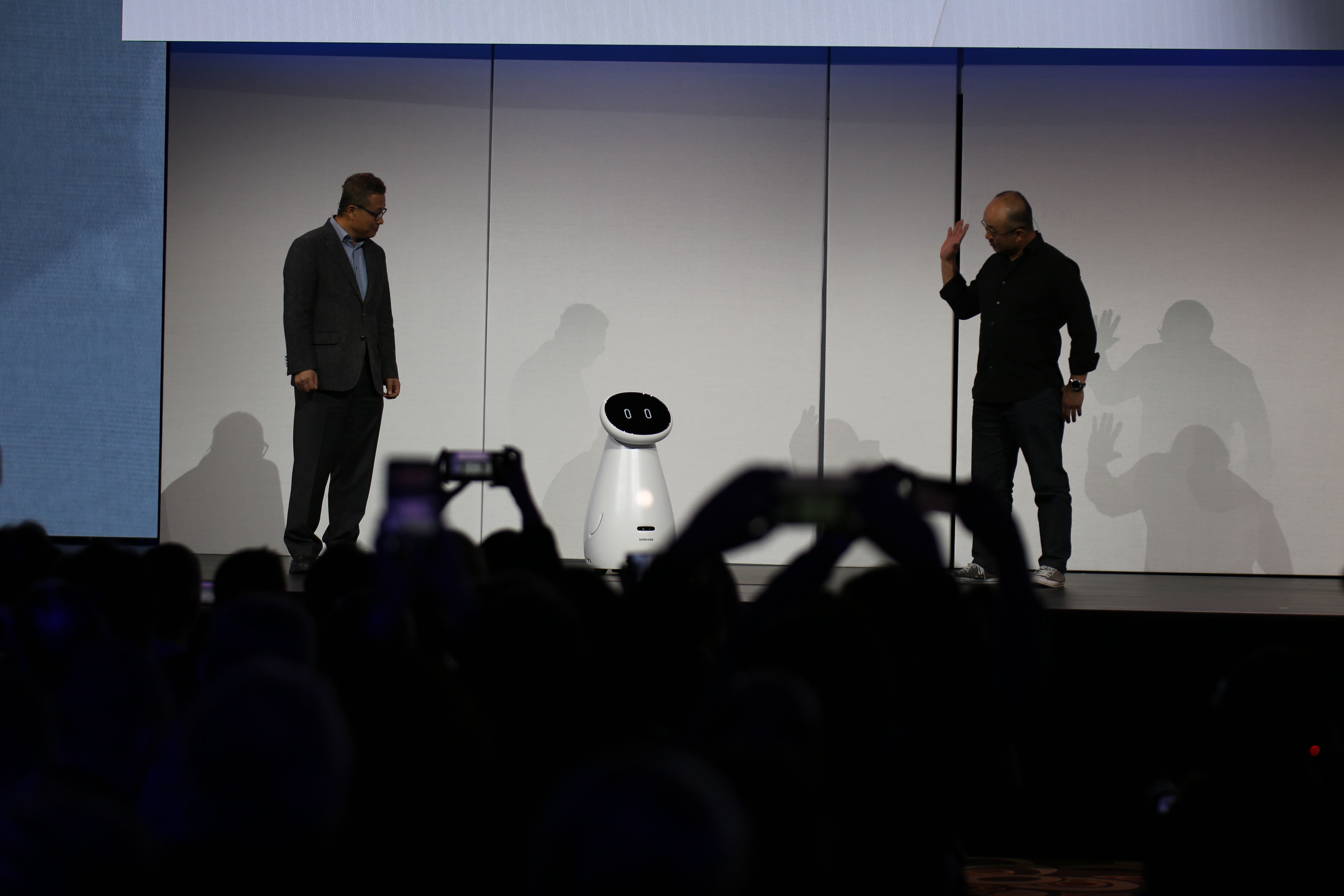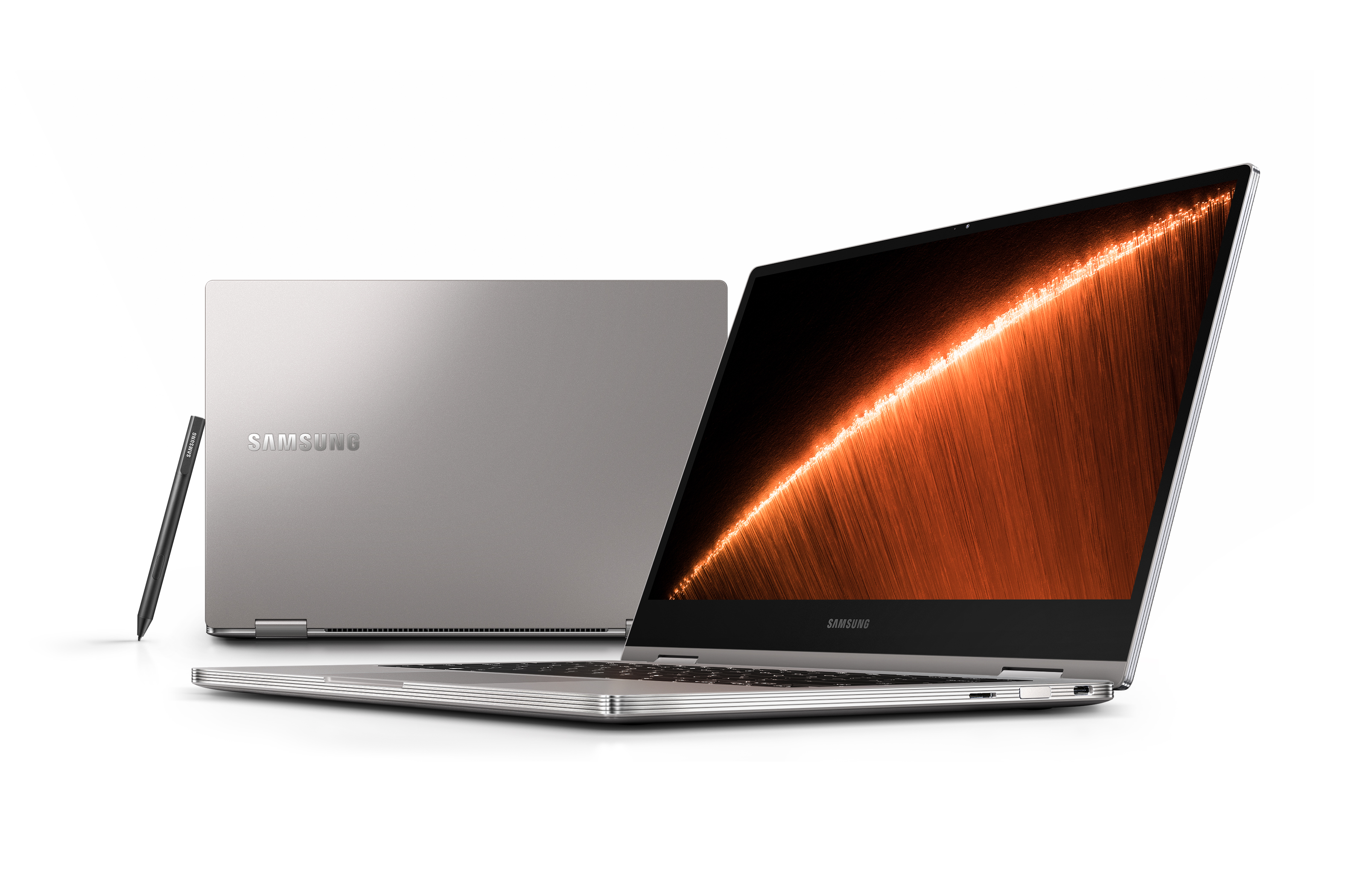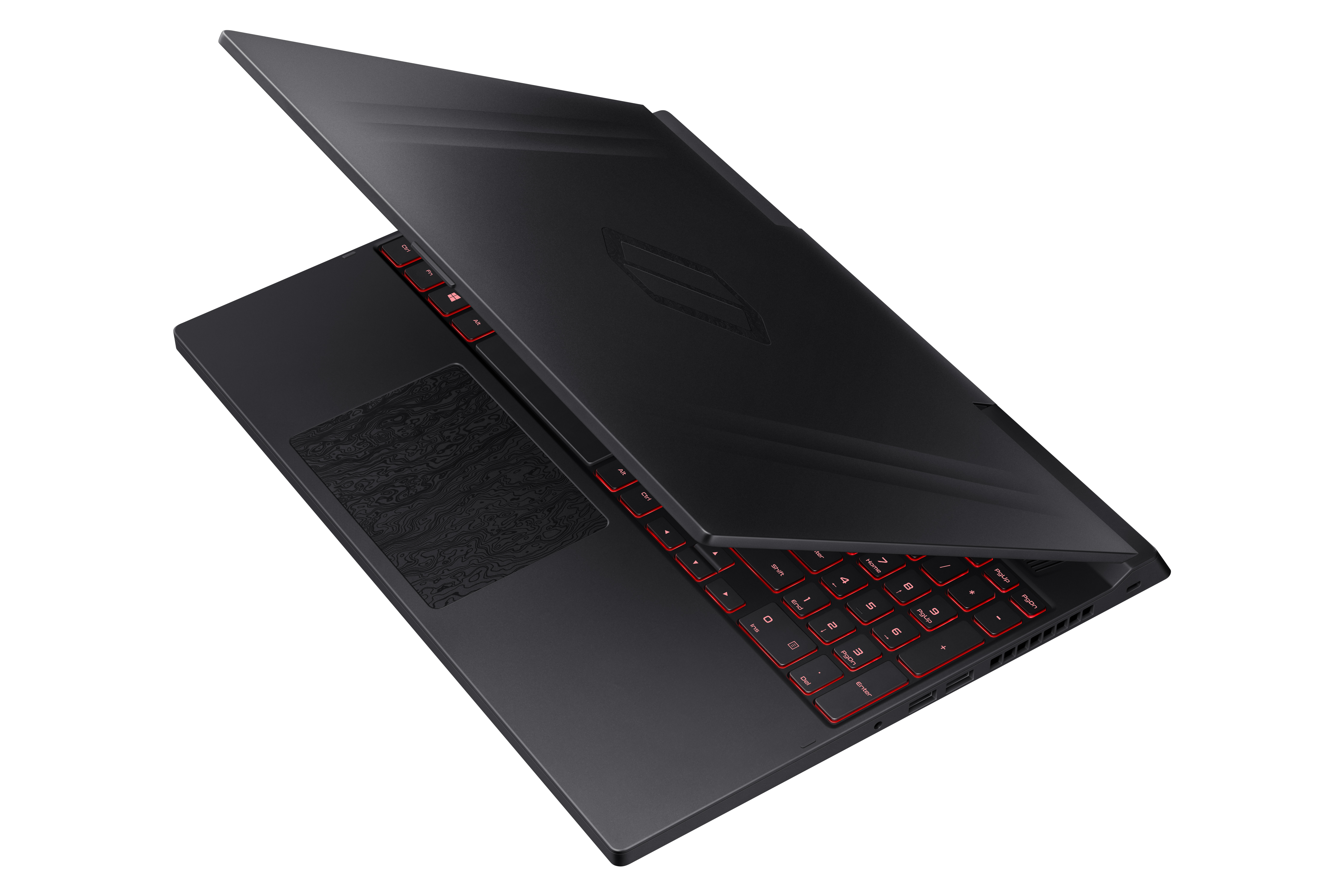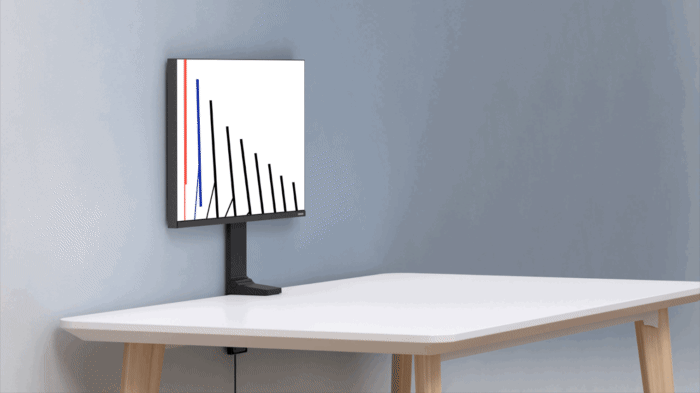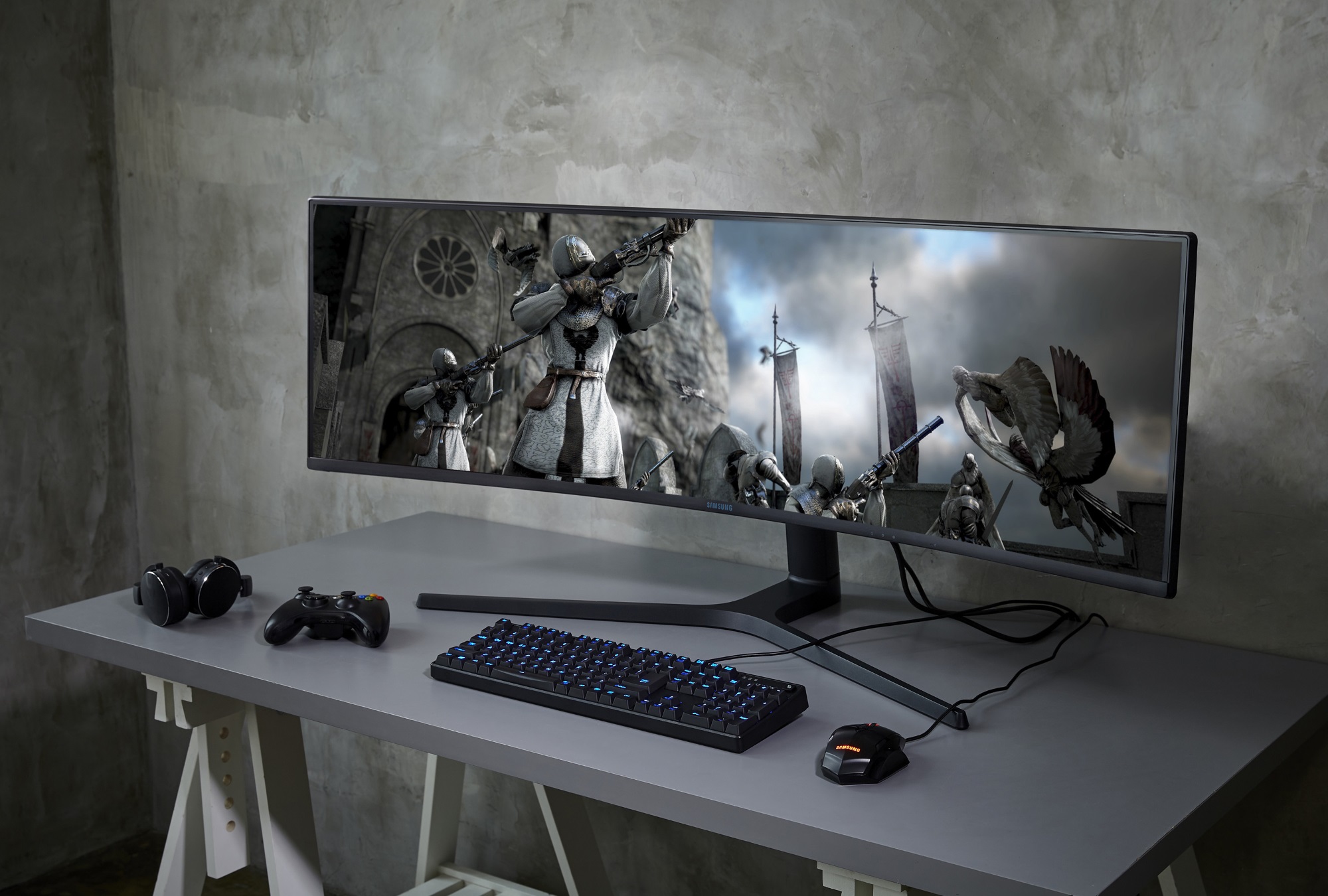Animated characters are as old as human storytelling itself, dating back thousands of years to cave drawings that depict animals in motion. It was really in the last century, however — a period bookended by the first animated short film in 1908 and Pixar’s success with computer animation with Toy Story from 1995 onward — that animation leapt forward. Fundamentally, this period of great innovation sought to make it easier to create an animated story for an audience to passively consume in a curated medium, such as a feature-length film.
Our current century could be set for even greater advances in the art and science of bringing characters to life. Digital influencers — virtual or animated humans that live natively on social media — will be central to that undertaking. Digital influencers don’t merely represent the penetration of cartoon characters into yet another medium, much as they sprang from newspaper strips to TV and the multiplex. Rather, digital humans on social media represent the first instance in which fictional entities act in the same plane of communication as you and I — regular people — do. Imagine if stories about Mickey Mouse were told over a telephone or in personalized letters to fans. That’s the kind of jump we’re talking about.
Social media is a new storytelling medium, much as film was a century ago. As with film then, we have yet to transmit virtual characters to this new medium in a sticky way.
Which isn’t to say that there aren’t digital characters living their lives on social channels right now. The pioneers have arrived: Lil’ Miquela, Astro, Bermuda and Shudu are prominent examples. But they are still only notable for their novelty, not yet their ubiquity. They represent the output of old animation techniques applied to a new medium. This TechCrunch article did a great job describing the current digital influencer landscape.
So why haven’t animated characters taken off on social media platforms? It’s largely an issue of scale — it’s expensive and time-consuming to create animated characters and to depict their adventures. One 2017 estimate stated that a 60 to 90-second animation took about 6 weeks to create. An episode of animated TV takes between 1–3 months to produce, typically with large teams in South Korea doing much of the animation legwork. That pace simply doesn’t work in a medium that calls for new original content multiple times a day.
Yet the technical piece of the puzzle is falling into place, which is primarily what I want to talk about today. Traditionally, virtual characters were created by a team of experts — not scalable — in the following way:
- Create a 3D model
- Texture the model and add additional materials
- Rig the 3D model skeleton
- Animate the 3D model
- Introduce character into desired scene
Today, there are generally three types of virtual avatar: realistic high-resolution CGI avatars, stylized CGI avatars and manipulated video avatars. Each has its strengths and pitfalls, and the fast-approaching world of scaled digital influencers will likely incorporate aspects of all three.
The digital influencers mentioned above are all high-resolution CGI avatars. It’s unsurprising that this tech has breathed life into the most prominent digital influencers so far — this type of avatar offers the most creative latitude and photorealism. You can create an original character and have her carry out varied activities.
The process for their creation borrows most from the old-school CGI pipeline described above, though accelerated through the use of tools like Daz3D for animation, Moka Studio for rigging, and Rokoko for motion capture. It’s old wine in new bottles. Naturally, it shares the same bottlenecks as the old-school CGI pipeline: creating characters in this way consumes a lot of time and expertise.
Though researchers, like Ari Shapiro at the University of Southern California Institute for Creative Technologies, are currently working on ways to automate the creation of high-resolution CGI avatars, that bottleneck remains the obstacle for digital influencers entering the mainstream.
Stylized CGI avatars, on the other hand, have entered the mainstream. If you have an iPhone or use Snapchat, chances are you have one. Apple, Samsung, Pinscreen, Loom.ai, Embody Digital, Genies and Expressive.ai are just some of the companies playing in this space. These avatars, while likely to spread ubiquitously à la Bitmoji before them, are limited in scope.
While they extend the ability to create an animated character to anyone who uses an associated app, that creation and personalization is circumscribed: the avatar’s range is limited for the purposes of what we’re discussing in this article. It’s not so much a technology for creating new digital humans as it is a tool for injecting a visual shorthand for someone into the digital world. You’ll use it to embellish your Snapchat game, but storytellers will be unlikely to use these avatars to create a spiritual successor to Mickey Mouse and Buzz Lightyear (though they will be a big advertising / brand partnership opportunity nonetheless).
Video manipulation — you probably know it as deepfakes — is another piece of tech that is speeding virtual or fictional characters into the mainstream. As the name implies, however, it’s more about warping reality to create something new. Anyone who has seen Nicolas Cage’s striking features dropped onto Amy Adams’ body in a Superman film will understand what I’m talking about.
Open-source packages like this one allow almost anyone to create a deepfake (with some technical knowhow — your grandma probably hasn’t replaced her time-honored Bingo sessions with some casual deepfaking). It’s principally used by hobbyists, though recently we’ve seen startups like Synthesia crop up with business use cases. You can use deepfake tech for mimicry, but we haven’t yet seen it used for creating original characters. It shares some of the democratizing aspects of stylized CGI avatars, and there are likely many creative applications for the tech that simply haven’t been realized yet.
While none of these technology stacks on their own currently enable digital humans at scale, when combined they may make up the wardrobe that takes us into Narnia. Video manipulation, for example, could be used to scale realistic high-res characters like Lil’ Miquela through accelerating the creation of new stories and tableaux for her to inhabit. Nearly all of the most famous animated characters have been stylized, and I wouldn’t bet against social media’s Snow White being stylized too. What is clear is that the technology to create digital influencers at scale is nearing a tipping point. When we hit that tipping point, these creations will transform entertainment and storytelling.
from blogger-2 https://tcrn.ch/2HKGyq7
via IFTTT
